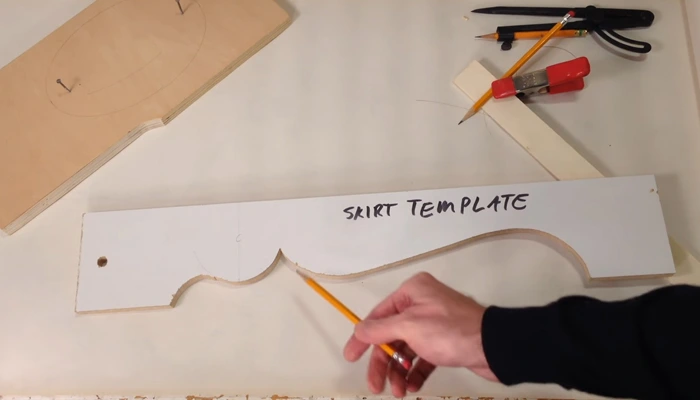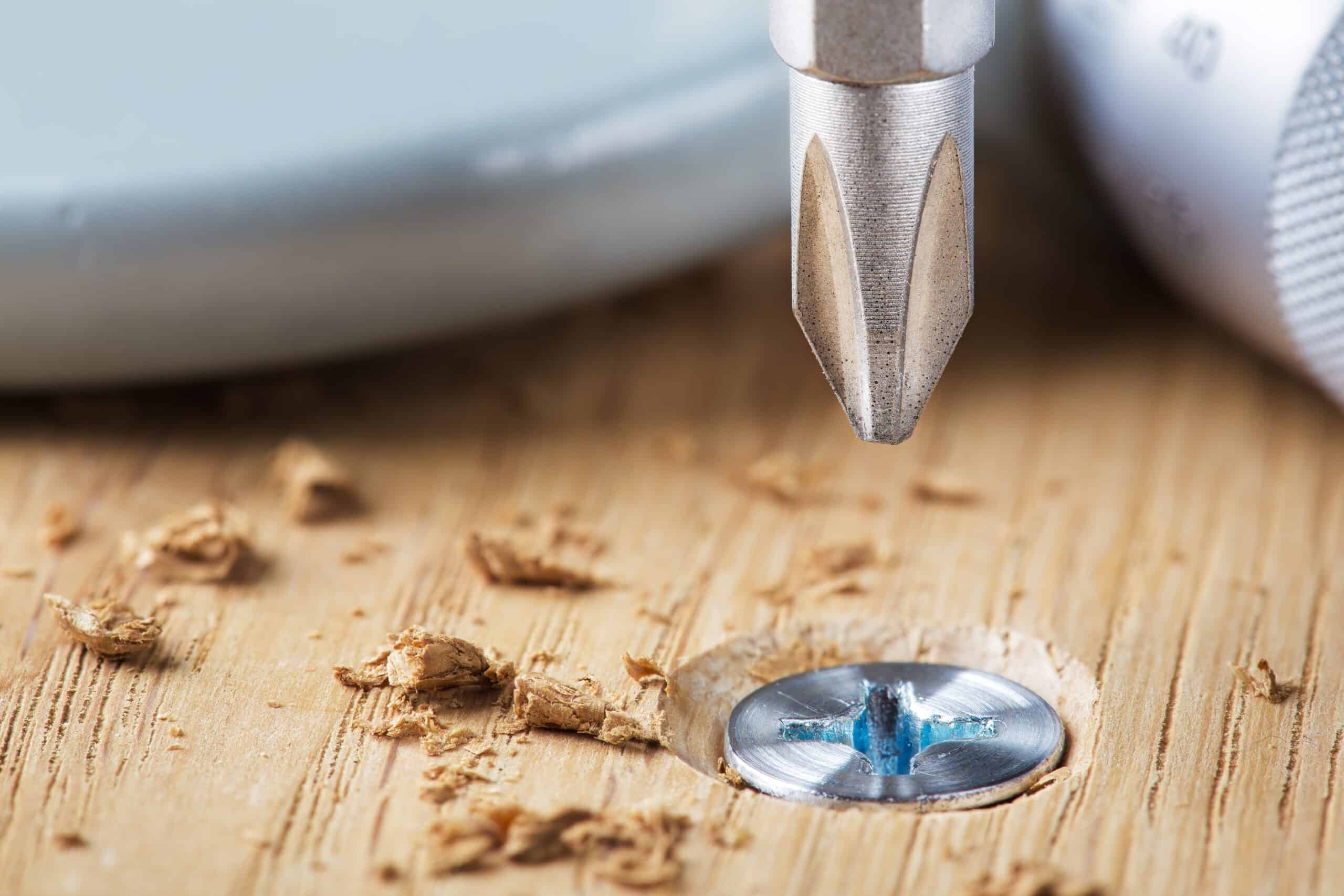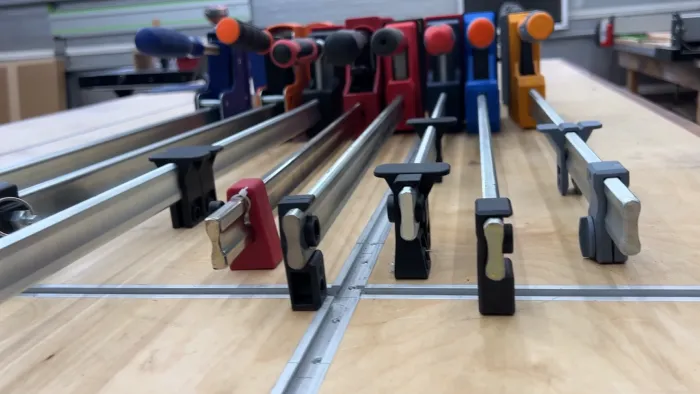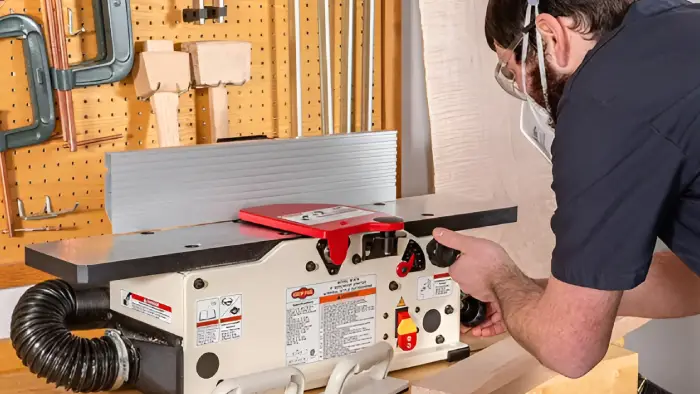WoodenuKnow.com is a participant in the Amazon Services LLC Associates Program, an affiliate advertising program designed to provide a means for sites to earn advertising fees by advertising and linking to Amazon.com and may earn from qualifying purchases.
Measuring the curve of your wood can be quite laborious and lengthy. You have to measure from the end of one side, across the other side, and then back again. If you mess up, you might have to start over from scratch.
Curve woodworking is used for beveling, shaping, and cutting. When it comes to woodworking, one of the most important skills you can learn is how to measure a curve to cut wood. But not all curves are created equal. Some curves are harder to measure than others.
The purpose of this article is to demonstrate a few ways to measure wood for cutting curves. Using a few easy methods, you’ll be able to measure any type of curve effortlessly.
Methods on How to Measure a Curve to Cut Wood?
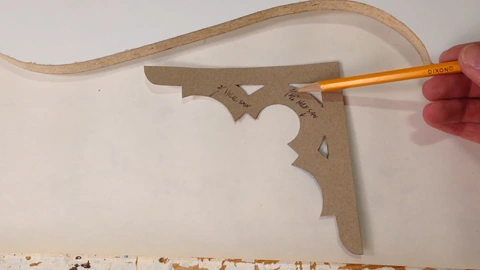
Curving wood needs an accurate and steady hand. No matter how good you are with a saw, it will be challenging to make a precise cut without the right tools and methods.
As a woodworker, you’ll find that there are many ways to measure a curve. Here are some of the most common methods:
Method 01: Measuring Tape
The first and most common method is to use a measuring tape. This is the simplest way to measure a curve.
All you need is a tape measure and something to mark the curves with. Start by finding the center of your curve. Place the end of the measuring tape at the center point and stretch it out along the curve. Make sure the tape is tight against the curve.
As you move along the curve, mark the tape at regular intervals. Once you’ve marked the entire curve, you can connect the marks to get an accurate measurement.
Method 02: Tracing Paper
Another common method is to use tracing paper. This method is similar to using a measuring tape, but it’s more accurate.
To use this method, you’ll need some tracing paper and a pencil. Place the tracing paper over the curve and trace it with a pencil. Once you’ve traced the entire curve, remove the tracing paper and measure the distance between the marks.
Method 03: Flexible Ruler
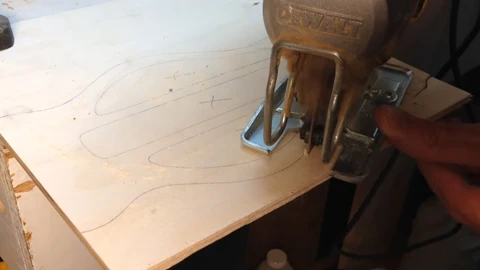
A flexible ruler is another tool you can use to measure a curve. This method is similar to using a measuring tape, but it’s more accurate.
This method requires a flexible ruler and something to mark the curves with. Start by finding the center of your curve. Place the end of the flexible ruler at the center point and stretch it out along the curve. Make sure the ruler is tight against the curve.
As you move along the curve, mark the ruler at regular intervals. Once you’ve marked the entire curve, you can connect the marks to get an accurate measurement.
Method 04: Pattern Maker’s Compass
Another tool you can use to measure a curve is a pattern maker’s compass. This tool is designed to measure curves.
To use this method, you’ll need a pattern maker’s compass and something to mark the curves with. Start by finding the center of your curve. Place the point of the compass at the center point and stretch it out along the curve. Make sure the compass is tight against the curve.
While you’re moving the compass along the curve, mark the paper at regular intervals. Once you’ve marked the entire curve, you can connect the marks to get an accurate measurement.
Method 05: French Curve
The French curve is a template that’s used to measure and draw curves. It’s a plastic or metal ruler with many different shaped curves. To use it, you’ll need to find the curve that best matches the one you’re trying to measure.
Once you’ve found the right curve, trace it onto your wood using a pencil. After that, use a saw to cut along the line.
Method 06: Bow Compass
A bow compass is a tool that’s specifically designed for measuring curves. It consists of two arms connected by a hinge. One arm has a pencil, and the other arm has a compass.
To use a bow compass, simply open the arms so that they form a 90-degree angle. Next, place the point of the compass on the edge of the wood. Then, swing the other arm around until it meets the pencil. Mark the point where the two arms meet, and you’ve measured the curve.
These are just a few of the many methods you can use to measure a curve. Choose the one that’s right for you and your project. With the right tools and methods, you can make precise cuts on any type of wood.
How Do You Cut Curved Shapes in Wood?
After proper measuring, the next step is to actually cut the wood. There are a few different tools you can use to do this. Most commonly, you will use a saw.
There are several types of saws used to cut curves. Depending on the curve you are cutting and the thickness of the wood, you will need to use a specific type of saw. Here are some of the most common types of saws for cutting curves:
Jigsaw
A jigsaw is a handheld power tool that’s great for cutting curves in thin pieces of wood. It’s also good for cutting intricate shapes.
Band Saw
A band saw is a stationary power tool that’s designed for cutting curves. It has a long, thin blade that’s arranged in a loop. The blade is mounted on two wheels, and the wood is fed through the blade.
Circular Saw
A circular saw is a handheld power saw with a rotating blade. It’s the most common type of saw for cutting curves in wood. It’s also the most versatile. You can use it to make straight cuts, angled cuts, and even curves.
Table Saw
A table saw is a stationary power tool that’s designed for making precise cuts. It has a spinning blade that’s mounted on an adjustable table. The wood is fed through the blade, and you can use the table to guide the wood and make precise cuts.
Hand Saws
Hand saws are manual tools that you can use to cut curves. They come in a variety of shapes and sizes, so you can find one that’s perfect for your project.
Miter Saw
A miter saw is a handheld power tool that’s designed for making angled cuts. It’s similar to a circular saw, but it has a spinning blade that’s mounted on an adjustable arm. This allows you to make precise cuts at any angle.
Scroll Saw
A scroll saw is a handheld power tool that’s specifically designed for cutting curves. It has a thin, flexible blade that’s mounted on a small table. The wood is fed through the blade, and you can use the table to guide the wood and make precise cuts.
Japanese Saw
A Japanese saw is a manual tool that’s specifically designed for cutting curves. It has a thin, flexible blade that’s mounted on a small handle. The wood is fed through the blade, and you can use the handle to guide the wood and make precise cuts.
There are many other types of saws that you can use to cut curves. Just choose the one that’s right for your project.
Frequently Asked Questions
There are a few questions that are commonly asked about cutting curves in wood. Here are some of the most common questions and their answers:
1. How Do I Know If My Wood Is Too Thick or Thin?
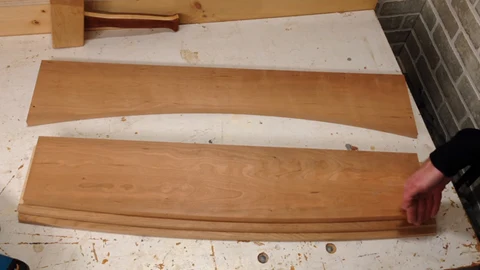
If your wood is too thick, you will have difficulty measuring the curve. On the other hand, if your wood is too thin, it may break while you are cutting it. The best way to determine if your wood is the right thickness is to use a ruler or tape measure.
2. Are My Wood Curves Too Big or Too Small?
The best way to know if your wood curve is too big or small is to use a ruler or measuring tape. Place the ruler or measuring tape on the edge of the wood, and make sure that the pencil mark is within the desired range.
3. How Can I Tell If My Saw Is Cutting At the Right Angle?
First, look at the blade. If it’s not parallel to the edge of the wood, then it’s not cutting right angle. Second, look at the cut itself. If it’s not a clean, straight line, then the saw is not cutting straight. Finally, use a ruler or measuring tape to measure the cut. If it’s not a straight line, then the saw is not cutting right angle.
Conclusion
There are a few different methods you can use to measure a curve. The best method will depend on the type of curve you’re trying to measure. Once you’ve measured the curve, you can use a variety of tools to cut it.
Just choose the right tool for your project, and you’ll be able to make precise cuts on any type of wood. We hope that you are now able to measure a curve and that you will be able to use this knowledge for your projects in the future.
Relevant:

